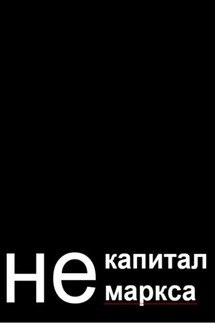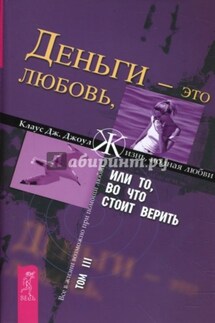The General Theory of Capital: Self-Reproduction of Humans Through Increasing Meanings - страница 29
As Simmel correctly assumed, the general equivalent that makes it possible to treat mental and manual labor on the same footing is not mechanical in nature. Nor is it energy or time. Rather, it is directed information: meaning is the sought-after substance of all human activity and its results.
Figurae as elements of meaning
As a building block of culture, meaning is social information in action. In genes, information is recorded in the form of nucleotide sequences. How then is information recorded in meanings? An individual meaning is made up of figurae—changes and differences. Meanings consist of both continuous and discrete figurae. Meanings are therefore similar to light, which has a wave-particle nature.
The quantity of meaning is determined by the number of figurae, or changes and differences. It applies to all functions of meaning—be it making and things, communication and communities, thinking and symbols. The quantity of meaning is in all cases determined by the number of figurae necessary for its reproduction. It is impossible to reduce meaning only to expression, only to content, or only to a norm, since every meaning is a material and social abstraction in action, taken in the unity of all the changes and differences necessary for its reproduction. As a social and material abstract action, meaning is based on the expenditure of energy and time. However, energy and time are constraints, not measures of meaning. Its quantity is measured by the number of figurae it contains.
Information theory calls changes and differences bits and measures information in bits. A bit is a change or difference that is reduced to being a change or difference and nothing else: “1” or “0,” “on” or “off,” etc. The simplest element of meaning, the simplest figura, is not just a bit (“0” or “1”) but a bit that has a valuation attached to it. The culturalbit has not only a modulus (“0” or “1”), but also a sign (“+” or “–”). Information is certainty, meaning is directed, value-based information. A meaning can be visualized as a string s consisting of figurae. The criterion for defining the size or quantity of the meaning is the number of figurae in the string s.
A string of figurae forms a meaning, a bundle of meanings forms a context. Since meanings exist in context, they function not as a discrete, but as a continuous set. There is no clearly defined, fixed boundary between figurae and meanings; this boundary is mobile and is determined by the context. The same human movement can, depending on the context, be either part of an action or an independent action with its own meaning—a gesture. Every meaning acquires its specifics in context. Meaning is always a specific action and the result of such an action. An abstract expression is a meaning only insofar as it is found in the context of concrete social actions.
Aristotle said that “art in some cases completes what nature cannot bring to a finish, and in others imitates nature” (Aristotle 1984, vol. 1, p. 340). Completeness or perfection is the main characteristic of a meaning and of culture as a whole, as compared to figurae. A finished biface is a meaning, a stone fragment is a figura. A finished phrase is a meaning, an unfinished phrase is an assortment of figurae. A well-thought-out book is a meaning; an ill-thought-out book is an assortment of figurae. Wisdom is the highest form of completeness of an action, enabling one to begin a fundamentally new action.







